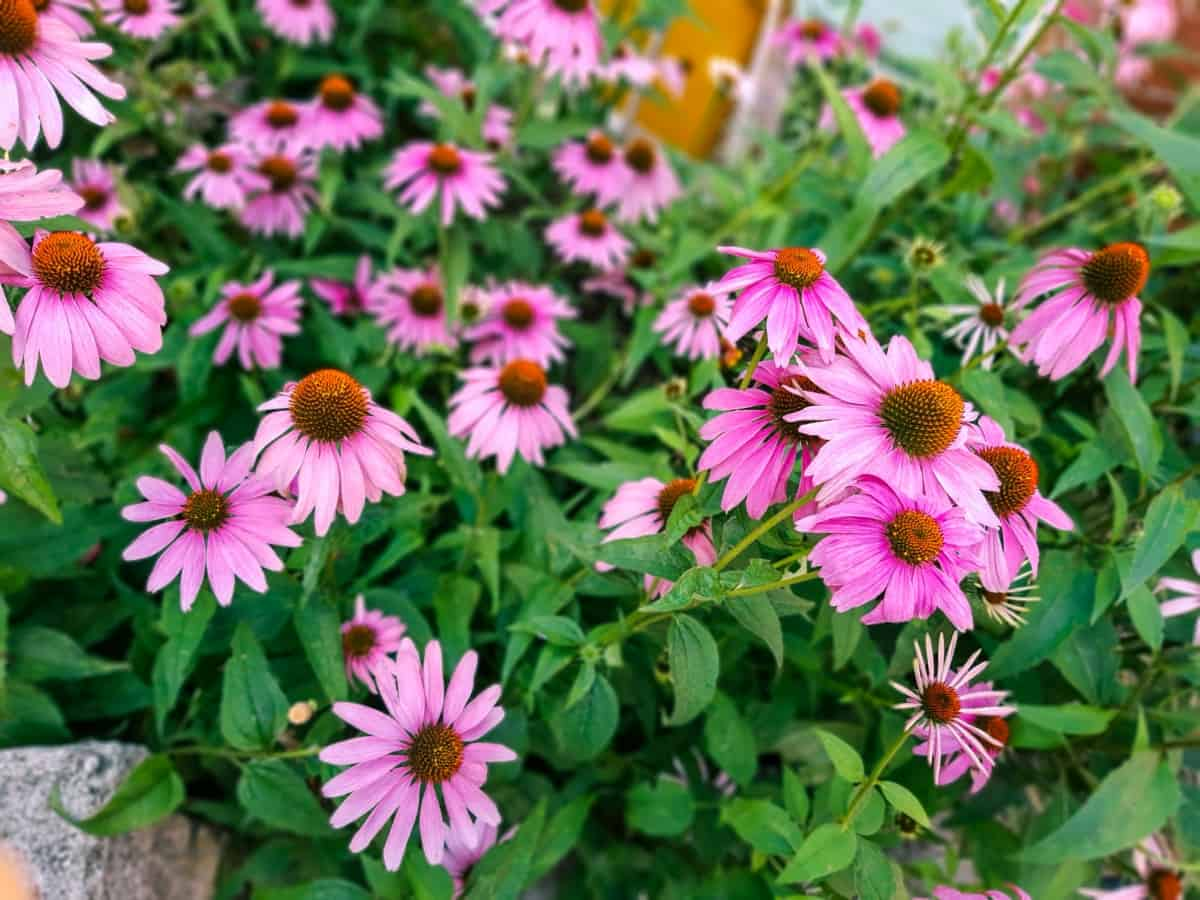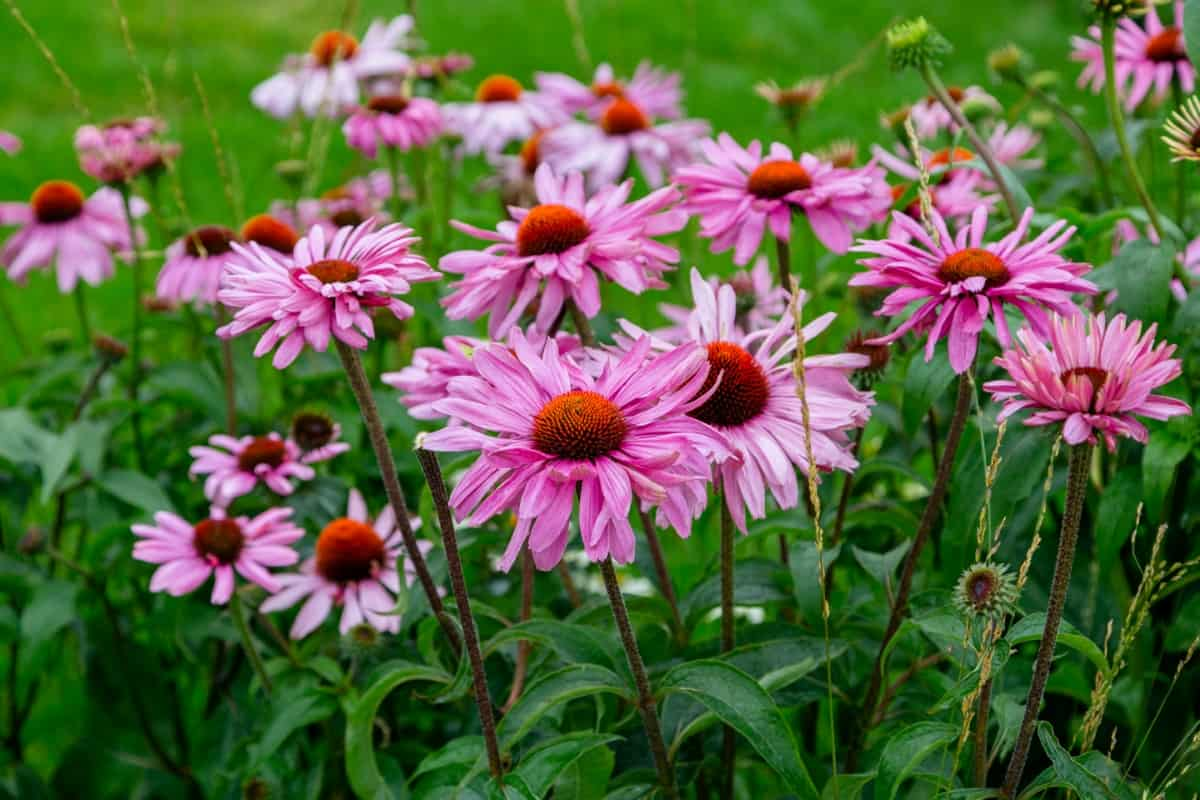Neem oil, a natural pesticide and fungicide, is an effective and eco-friendly solution for protecting coneflower plants from pests and diseases. This article delves into the benefits, preparation, and application methods of neem oil, ensuring healthy and thriving coneflowers.

How to Use Neem Oil on Coneflower Plants
Neem Oil and Its Benefits for Coneflower Plants
Neem oil, a natural product extracted from the neem tree, is widely celebrated for its benefits in gardening, particularly for coneflower plants. This oil acts as an effective pest repellent, targeting common bugs that affect coneflowers without harming the plants themselves. Neem oil’s properties help in managing various pests by disrupting their life cycle, deterring them from feeding and preventing larvae development.
This makes it an eco-friendly alternative to chemical pesticides. Moreover, neem oil also offers fungicidal benefits, protecting coneflowers from certain fungal infections. Its ability to integrate seamlessly into an organic gardening routine adds to its appeal among gardeners seeking natural pest control solutions.
How to Prepare Neem Oil to Use on Coneflower Plants
Preparing neem oil for use on coneflower plants involves creating a diluted solution, as concentrated neem oil can be too harsh for plants. To create the mixture, begin by introducing a small amount of dish soap or a gentle detergent into one gallon of water. This serves as an emulsifying agent, ensuring even dispersion of the oil in the water.
Next, mix neem oil into the water, typically at a ratio of about 2 tablespoons of neem oil per gallon of water. It’s crucial to follow the recommended dilution ratio to prevent potential plant damage. Mix the blend diligently to achieve consistent oil distribution. When preparing neem oil, it’s important to use it soon after mixing, as its effectiveness can diminish over time.
How to Apply Neem Oil on Coneflower Plants
Applying neem oil on coneflower plants is a straightforward process. First, choose a cool, overcast day or apply in the early morning or late evening to avoid the hot sun, which can cause the leaves to burn. Utilize a spray bottle or a horticultural sprayer for uniform application of the neem oil blend onto the plants. Focus on spraying both the top and underside of leaves, as pests often reside on the underside.
Do you spray neem oil on soil or leaves? While primarily applied to leaves, neem oil can also be applied to the soil to target soil-borne larvae and pests. When contemplating the application of neem oil to indoor plants, it is essential to prioritize adequate ventilation and exercise caution to prevent excessive spraying, which may result in heightened humidity and possible plant strain.
Mixing and Dilution for the Right Concentration of Neem Oil for Coneflower Plants
The mixing and dilution process is crucial in preparing the right concentration of neem oil for coneflower plants. The typical recommendation is to combine approximately 2 tablespoons of neem oil with one gallon of water. However, this may require slight adjustment based on the specific neem oil product being utilized.
In case you missed it: 10 Common Problems With Coneflower Plants: Treatment, Solutions, and Troubleshooting

It is imperative to carefully review and adhere to the instructions provided on the neem oil packaging. Additionally, incorporating a few drops of dish soap into the mixture aids in emulsifying the oil, ensuring proper blending with water. The right concentration is vital to avoid damaging the plants; too strong a mixture can harm the leaves, while too weak may not be effective against pests.
Can Neem Oil Be Used on All Coneflower Plant Varieties?
Neem oil is generally safe for most coneflower plant varieties. It is advisable to perform a patch test prior to widespread application. Apply a small quantity of the neem oil blend to a few leaves and observe for adverse reactions over 24-48 hours. While neem oil is generally safe for most plants, exercise caution with delicate or thin-leaved varieties. Always exercise caution and do a little research on your specific coneflower variety before full application.
How Long Does Neem Oil Stay Effective on Coneflower Plants?
Neem oil remains effective on coneflower plants for about one to two weeks after application. The duration of its effectiveness can fluctuate based on environmental variables such as precipitation, sunlight, and temperature. Rainfall can wash away the oil, necessitating a reapplication. It’s important to monitor the plants and reapply the neem oil mixture as needed, especially after heavy rain or in periods of high pest activity. Regular application, following the initial guidelines, helps maintain an effective barrier against pests.
Using Neem Oil in Combination with Other Pest Control Methods
While neem oil is effective on its own, using it in combination with other pest control methods can enhance its efficiency. This integrated approach involves using physical barriers like nets or row covers, encouraging beneficial insects that prey on pests, and practicing good gardening hygiene, like removing dead leaves and debris. How to Use Neem Oil on Coneflower Plants YouTube and How to Use Neem Oil on Coneflower Plants video resources can provide visual guidance and additional tips on integrating Neem oil into a broader pest management strategy.
In case you missed it: An Effective Guide to Grow and Care for Coneflowers: Planting Instructions

Some Common Pests and Diseases that Neem Oil Can Control on Coneflower Plants
Among the pests, aphids, spider mites, and Japanese beetles are prevalent; these insects feed on the leaves and stems, causing damage and potentially transmitting diseases. Neem oil functions by interrupting the life cycle of these pests, thereby inhibiting their maturation and reproductive processes.
Additionally, it controls fungal diseases like powdery mildew and rust, which often appear as white or orange spots on leaves and stems. Regular application of neem oil can significantly reduce the incidence of these pests and diseases, helping to keep coneflower plants healthy and thriving.
How to Monitor the Effectiveness of Neem Oil on Coneflower Plants
Monitoring the effectiveness of neem oil on coneflower plants is essential to ensure that it is working as intended and to decide if reapplication is necessary. Start by regularly inspecting the plants for signs of pests or disease, paying close attention to the underside of leaves where bugs often hide.
Look for changes in the appearance of pests; neem oil can cause them to become less active or decrease in number. Additionally, observe the overall health of the plant; improvements in vigor and reduction in disease symptoms are good indicators that the neem oil is effective. Keep a record of when you apply neem oil and note any changes in the pest population or plant health to track progress over time.
Safety Precautions to Take when Using Neem Oil on Coneflower Plants
When applying neem oil to coneflower plants, it’s important to take precautions for safety. Wear protective gloves and clothing to prevent skin irritation, and consider using a mask, especially when applying it indoors, to avoid inhaling it. Ensure that the area is well-ventilated, particularly when applying neem oil to indoor plants.
In case you missed it: How to Use Neem Oil on Tuberose Plants: Best Natural Way to Get Rid of Pests on Tuberose Plants

Avoid over-application, as excessive oil can harm the plants or the surrounding environment. Keep pets and children away from treated areas until the neem oil has dried. Always store neem oil and its mixture out of reach of children and pets, and dispose of any unused mixture responsibly.
Conclusion
Neem oil serves as an invaluable tool for gardeners seeking to maintain the health of their coneflower plants naturally. By understanding its proper preparation, application, and safety measures, gardeners can effectively combat pests and diseases, ensuring the beauty and vitality of their coneflowers.
- Feed Your Flock for Less: Top 10 Tips to Save on Chicken Feed
- Ultimate Guide to Ossabaw Island Hog: Breeding, Raising, Diet, and Care
- Hatching Answers: The Top 10 Reasons Your Chickens Aren’t Laying Eggs
- Eggs and Economics: Breaking Down the Cost of Raising Backyard Chickens
- Defend Your Greens: Proven Methods to Keep Iguanas Out of Your Garden
- Ultimate Guide to Cinnamon Queen Chicken: A Comprehensive Guide for Beginners
- Ultimate Guide to California Tan Chicken: Breeding, Raising, Diet, Egg-Production and Care
- Ultimate Guide to Marsh Daisy Chicken: Breeding, Raising, Diet, and Care
- 10 Types of Chicken Farming Businesses You Can Start for Profits